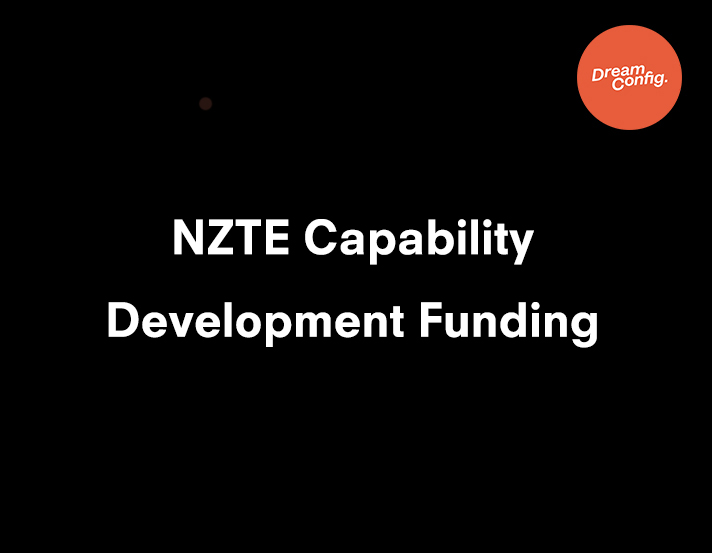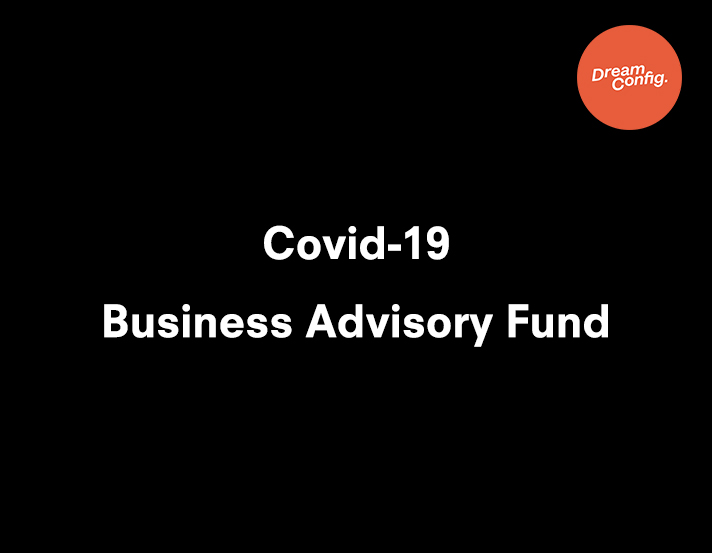Thoughts
Why Your Website Still Matters More Than Ever
Today’s marketers have never had more access to tools that can make or break their digital strategy.
From automation platforms to AI-driven analytics, the marketing technology stack is expanding faster than ever. As a result, choosing the right foundation has become more critical than ever for achieving desired business goals.
At the heart of any marketing stack sits one of the most important assets a brand owns: its website.
For marketing teams, a website isn’t just their brochure. It’s the engine that drives brand awareness, lead generation and conversion rates all at once. A well-designed site helps steer user behaviour, makes first impressions, nurtures trust, and connects critical digital touchpoints - everything from email and search to social and automation.
Yet when it comes to embarking on a website redesign, everything eventually comes right back to a deceptively simple question: why?
Why are we redesigning this? What problem are we actually solving? And what will success look like once the new site goes live?
Why Website Redesign Projects Fail
The “why”, or lack there of, is the exact point at which website redesign projects often go wrong. Well before they even get off the ground.
When tasked with the project by senior management, marketers start with great ambitions. Unfortunately, the typical fears around exceeding budgets, choosing the wrong platform, or ending up with a poor user experience are there from the very beginning and can too often become reality.
To be fair, it’s our job as the design and technical experts to convince the client that our approach and solutions have those concerns covered. After all, it’s easy to promise staying on budget, preserving your search rankings, and delivering something both beautiful and cost effective.
But the truth is, those promises often rest on shaky ground. Not because they’re ill-intended, but because the why tends to get buried beneath budgets, deadlines, and deliverables.
Without that clarity, even the most experienced designers and developers end up doing what we call “quoting a ghost” - chasing aesthetics instead of outcomes, or worse, making assumptions about what’s wanted rather than what’s truly needed.
“80% of website redesigns fail to achieve their maximum potential due to a disconnect between business goals and execution.”
- SoftwareReviews
Websites touch every corner of an organisation - marketing, sales, operations, IT, etc. Therefore, every department has a stake, an opinion, and often, a conflicting agenda.
Without a clear set of business objectives or a strong strategic foundation, what starts as a well-intentioned redesign quickly becomes a source of frustration, tension, and ad-hoc decision-making that dilutes any constructive signals of intent.
Drop AI or automations into the mix, and the noise from our competitors only gets louder and louder. Brands are producing more content, running more campaigns, and fighting for diminishing seconds of audiences attention.
As a result, our most critical and competitive asset, i.e., the website, needs to be even faster, clearer and more connected than ever before.
Conversely, the advances in CMS platforms, content strategy tools, and analytics continues to overwhelm many marketing leads and their team members with the website redesign process entirely.
The Real Problem: Weak or Generic Website Briefs
If there’s one thing that separates a painful redesign from a powerful one, it’s the brief.
One of the most common mistakes is assuming that a website brief is one dimensional. A strong website brief doesn’t just capture requirements - it creates alignment.
It’s the bridge between business goals and creative execution, between strategy and technology. It defines what success looks like before a single layout is designed or a CMS is chosen.
When done well, a brief becomes a north star for everyone involved. It helps teams stay grounded in why the project exists, and gives designers, developers and project managers the context they need to make smarter recommendations.
Because the truth is, popular CMS’s such as Webflow, WordPress, Shopify or otherwise are only as effective as the thinking that drives them.
The real power lies in how clearly the problem is defined, how well objectives are prioritised, and how seamlessly strategy, design, and development are connected from the outset.
Unfortunately, most website briefs are still generic, templated and lack a comprehensive approach. They often become a checklist of preferences rather than a strategic plan that connects the website redesign strategy to desired business outcomes.
A vague brief leads to vague proposals, vague scopes and ultimately vague outcomes.
Why Clarity Beats Complexity Every Time
It’s no secret that poor scoping and a lack of clarity in the early stages can lead to projects going over budget.
By contrast, projects that include a discovery phase where strategy, content and technology alignment are mapped out from the start, consistently achieve higher sign-off rates, fewer revisions, and stronger long-term performance.
A well-defined website discovery phase is one of the most cost-effective investments a brand can make. It saves time, sharpens focus, and turns uncertainty into momentum.
Taking Action: How to Write a Better Website Brief
The good news? It doesn’t have to feel overwhelming.
A website redesign can be one of the most energising projects a marketing team can do. Especially if it’s set up right from the get go.
Rather than jumping straight into aesthetics or tech stack, from years of experience working closely with marketing teams across a wide range of industries, we’ve learned how to balance alignment with momentum.
When clear, collaborative thinking replaces guesswork, decisions feel less critical and more obvious. As a result, momentum builds faster and technology becomes increasingly powerful.
At Dream Config, our Discovery process is where that shift happens. It’s designed to uncover what matters most by focusing on big-picture thinking, anchored by both immediate and longer term business objectives.
So, before you interface with your shortlist of digital experts, consider building a brief that covers the following:
1. Start with the “why.”
Get clear on the business goals your website needs to achieve. Not “we need a new design,” but “we need to improve lead quality by 20%” or “increase conversion on our landing pages.” Align early across marketing, sales, and operations to keep everyone accountable for one shared outcome.
2. Define what success really means.
Analytical can help prove the strategy is working. Think about conversion rates, user feedback, and lead generation as indicators of improvement. However, success should be visible and felt across your target audience - not only measurable in Google Analytics.
3. Audit what’s working (and what’s not).
Look at your existing analytics, content, and user behaviour. Identify which pages, flows, or user journeys already perform well so you can build on strengths instead of starting from scratch. For non-technical teams, this could be achieved by collaborating with other departments.
4. Prioritise clarity over complexity.
With more tools and integrations available than ever, it’s easy to get caught up in shiny-object syndrome. Avoid specifying tools unless they’re already proven within your business. Instead, share the why behind your requirements. Let your preferred redesign partner recommend the right CMS, automation platform, or content strategy to meet your specific goals.
5. Outline your non-negotiables.
Be explicit about what should remain intact - specific software, content, brand positioning, etc. Protect what already works and ensure the new experiences remain consistent with the overall brand direction.
6. Keep it original.
A good brief isn’t a tool for price comparison. Instead, it should be a framework for the initial expectation of what a trusted partnership looks like. When it’s written to extract the lowest quote rather than enable the best outcome, everyone loses. The more context and intent you share, the more your potential partner can challenge assumptions, bring creative ideas, and improve the desired outcomes that in the end will matter most.
The Payoff: What Happens When the Brief Is Strong
The best web redesign briefs will make everything else that follows become easier - faster decisions, fewer revisions, and a final product that delivers on its purpose.
Internal teams will also spend less time debating and more time getting excited about how they can leverage.
Budgets can stretch further because they’re directed toward impact, not rework or course correction. And the marketing opps post website go live themselves, once clunky and chaotic becomes more clear, turnkey and impactful.
That’s the shift we aim to create at Dream Config. We don’t start with templates or trends. We start with clarity.
When helping marketing teams uncover what truly matters, it comes down to working through a website redesign process that’s equal parts strategic, creative, and technically sound.


























